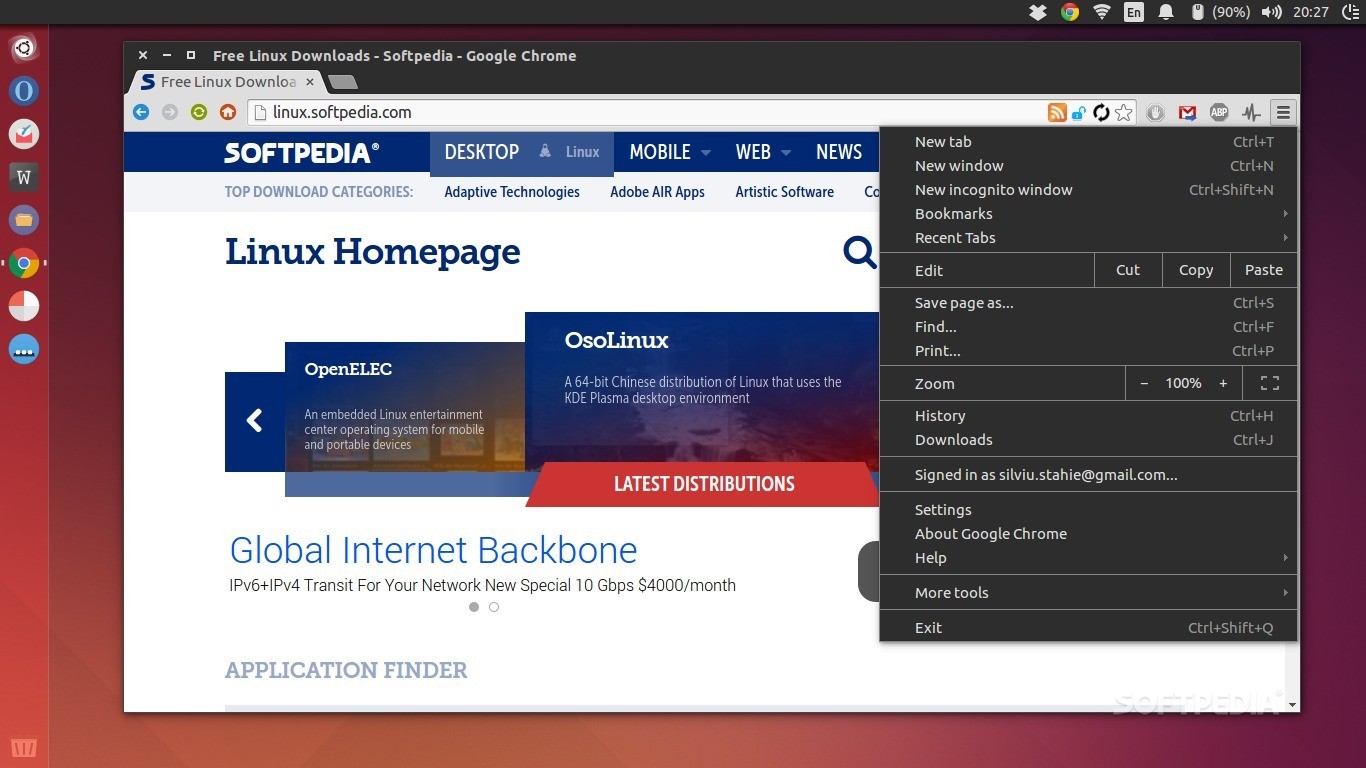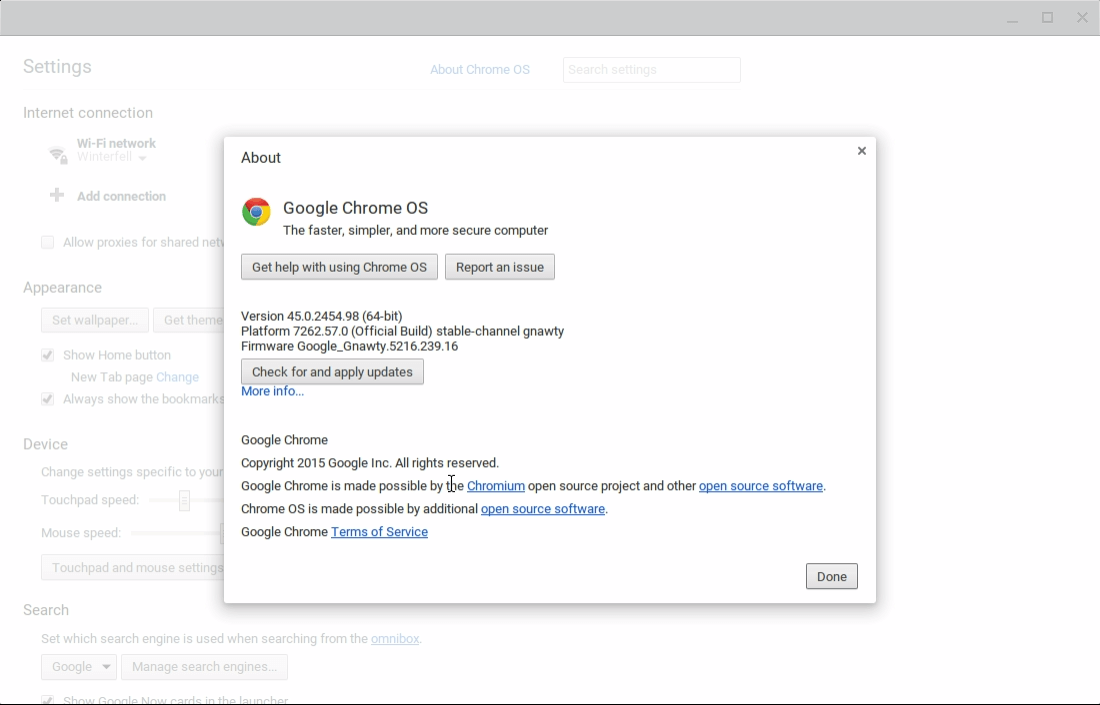

(C:\Windows\SysWOW64\Macromed\Flash on 64-bit) To disable it simply follow the above steps back to the Flash setting’s page and update it how you want.I managed to make the "time bomb defuser" work, as indicated here: Disable EOL uninstall warnings:Īdd "EOLUninstallDisable=1" to mmc.cfg in C:\WINDOWS\system32\Macromed\Flash That’s it, you have successfully enabled Adobe Flash using Google Chrome. Click on it.įrom here you can enable Adobe Flash. It is a puzzle piece icon toward the middle of the page. Now that more setting’s options are displayed, scroll down until you see “Content Settings.” You will find it near the bottom of the “Privacy & Security” group of options.Ĭlick on that box and a list of other content setting options will be displayed. Now, from the Setting’s page scroll all the way down to the bottom until you see “Advanced.” Click on that when you see it and more advanced setting’s options will drop down and be displayed. Go down to the “Settings” option and click on it. When you click on the three-dot menu a dropdown menu will appear. This icon is located next to the address bar in the upper-right corner of your browser window. Once the Chrome browser is open click the three-dot icon. You can find it in your Applications folder on a Mac, or on your Start menu on Windows.

The Chrome icon looks like a colored ball with a blue dot at the center. Launch the Google Chrome browser from your desktop. In this tutorial, I will show you how to quickly and easily enable Adobe Flash in Chrome.

However, you may want to enable Adobe Flash. Chrome already comes packed with great tools, so this may not be on the top of your list. The Google Chrome browser only has one plugin Adobe Flash.


 0 kommentar(er)
0 kommentar(er)
